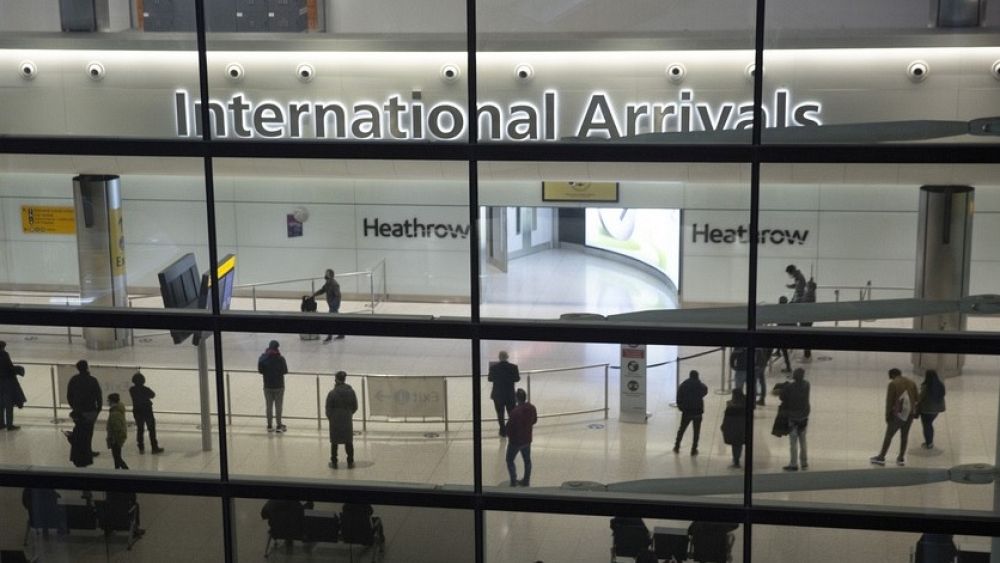
Immigration to Britain lept by more than 15% with 1.2 million coming to the country for long-term stays in 2022, according to Office for National Statistics figures released on Thursday.
Some 606,000 people were added to Britain’s population – a record – despite 557,000 people emigrating from the country in the same time period.
In 2021, net migration was 504,000, a figure that has increased by 20% now.
The rise in international students following the lifting of the pandemic restrictions primarily fuelled the increasing figures, according to the Office for National Statistics (ONS).
Non-EU immigration also drove the high levels of migration with arrivals from Ukraine and Hongkong at an all-time high.
Nationals from these two countries have been offered special visa schemes, due to the Russian invasion and domestic political events respectively.
The rising figures fly in the face of the Conservative government’s post-Brexit pledges to curtail immigration with greater border controls.
In 2010, then Prime Minister David Cameron famously pledged to bring migration down to the “tens of thousands”.
Net migration figures stood at between 200,000 to 250,000 per year, leading up to the Brexit vote in 2019.
The long terms estimate, however, suggests a slowing in the rate of immigration as the recent growth was caused due to temporary world events.
New policies laid out by Rishi Sunak’s government to contain legal migration are expected to clamp down on the growth.
Foreign students will no longer be able to bring dependants or switch to work visas before completion of their studies in the UK, facilitated by the new rules claimed this week.
Yet, the realistic target before the general elections in 2024 would be 500,000 immigrants, according to experts.
Earlier this year, the UK government said it was ready for legal challenges against a new law intended to stop migrants from reaching the country in small boats across the English Channel.





